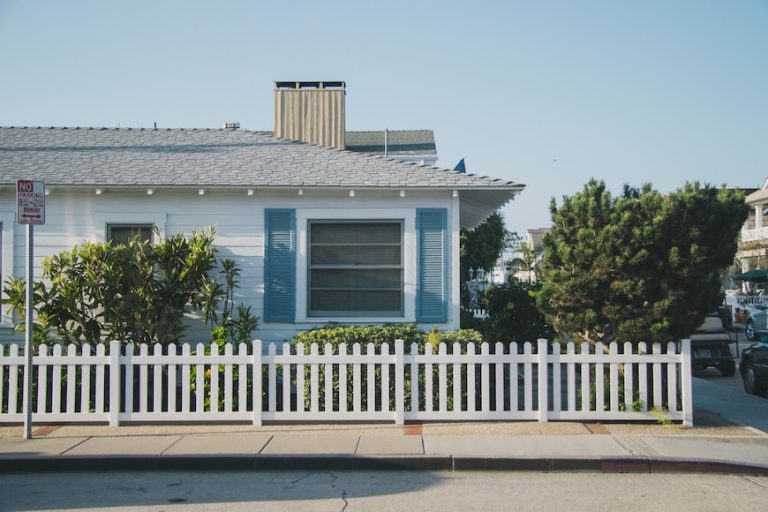When you’re looking to add some flair to your house, there are many things to consider. From the shape and size of doors and windows to what materials they’re made from, every detail can make a big difference in the overall look of your home.
Trim is one such detail. It can be used around doors and windows as an accent or decorative finish. The trim around your home is the final step of the exterior design process, and it can make or break your project.
It enhances the beauty of your home and protects it from weather and wear. It can be used to add character to an already beautiful house, or it can be an inexpensive way to give your existing structure a facelift.
The rising lumber costs in 2021 made it very expensive to build a house completely in wood. However, right now, lumber prices have hit their lowest since 2013. Prices are down 64% to date. Maybe it’s time to reconsider wood as a viable building material and plan our trim design accordingly.
But with so many options out there, deciding which kind is right for your home, here’s what you need to know. To choose the right trim for your home, consider these four pointers.
Wooden Trim as a Classic Choice
Wood is the most common choice for trim, and it comes in many varieties like cedar, Douglas fir, and pine.
But it requires a lot of upkeep because it tends to rot. The good news is that wood can be easily treated with a clear sealer or stain to protect it from moisture damage.
It’s easy to work with. As one of the oldest building materials available, wood is durable and easy to cut or shape using basic tools like saws and sanders. You can find a pre-treated fascia board that is ready to install, as well as treated to prevent damage.
Choose a type that suits your climate conditions best. If you live by the seaside, salt water might damage unprotected wood. The easiest way is to look up what types grow locally, those should have been tested over time, so any issues have already been resolved before production began.
Fiber Cement Board as a Durable Alternative
Fiber cement board is a composite material made from cement, sand, and cellulose fibers.
It’s stronger than wood but has a lower R-value. The R-value is usually less than 1. That means it provides less insulation. A fiber cement board may not be the right choice if you have very cold or very hot weather and you need insulation. You would need siding to provide the insulation, making your costs increase more.
It’s more expensive than wood but lasts longer. You can paint or stain it to match your trim color or the rest of your house
Metal Trim
Metal is harder to work with and can dent if not handled properly, but it can protect against severe weather conditions.
Metal trim can be great if you live in a region where severe weather is prevalent or if you have a lot of children or pets that may be rough on your trim. It’s also very pretty and will look good with most paint colors. However, metal trim must be handled carefully when installing it. If not properly installed, metal trim can dent easily.
If you’re looking for something more durable than wood or vinyl but don’t want to go all-out with metal, consider composite materials such as PVC, also known as polyvinyl chloride. Composite materials will provide all the same weather resistance as metal but won’t dent as easily due to their fibrous nature.
Seek Advice From Your Contractor
Your contractor will be able to advise you on the best type of trim for your climate. There are a few things to consider when choosing the right exterior trim for your house.
Materials that will last longer in harsh weather conditions or humid weather conditions, such as wood with specific finishes that can withstand moisture and humidity.
When you’re choosing exterior trim for your home, there are a few things to consider beyond just style. You want to be sure that it’s durable and well-suited to your climate.
Currently, due to the high rate of 30-year mortgages, the single-family housing is expected to decline by about 11% this year and 22% in 2023. The next year will be a challenging one indeed for home-builders.
We suggest you try to adopt cost-effective practices if you are planning to build a house for yourself despite the economic downturn. Using wood and other such materials available locally would be a good step to ensure you can manage to complete the task of home-building within your budget.

